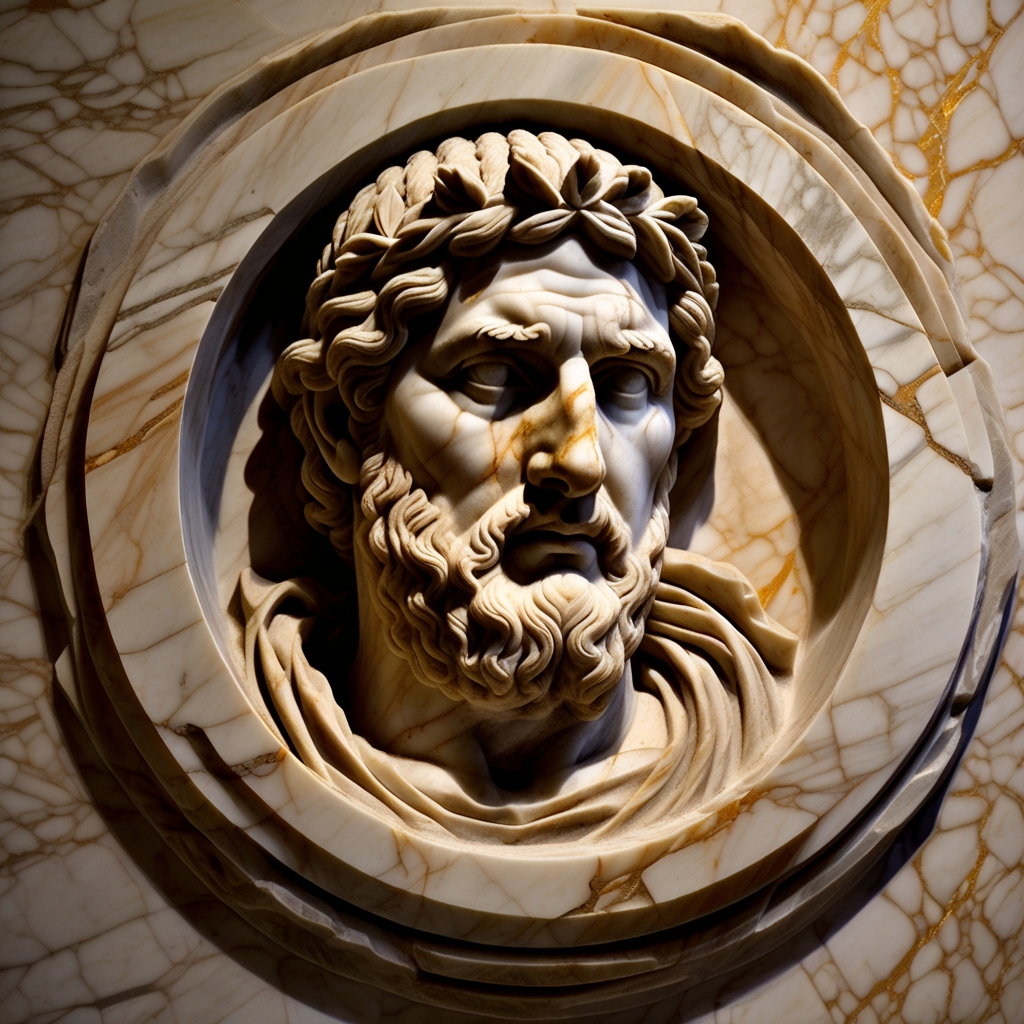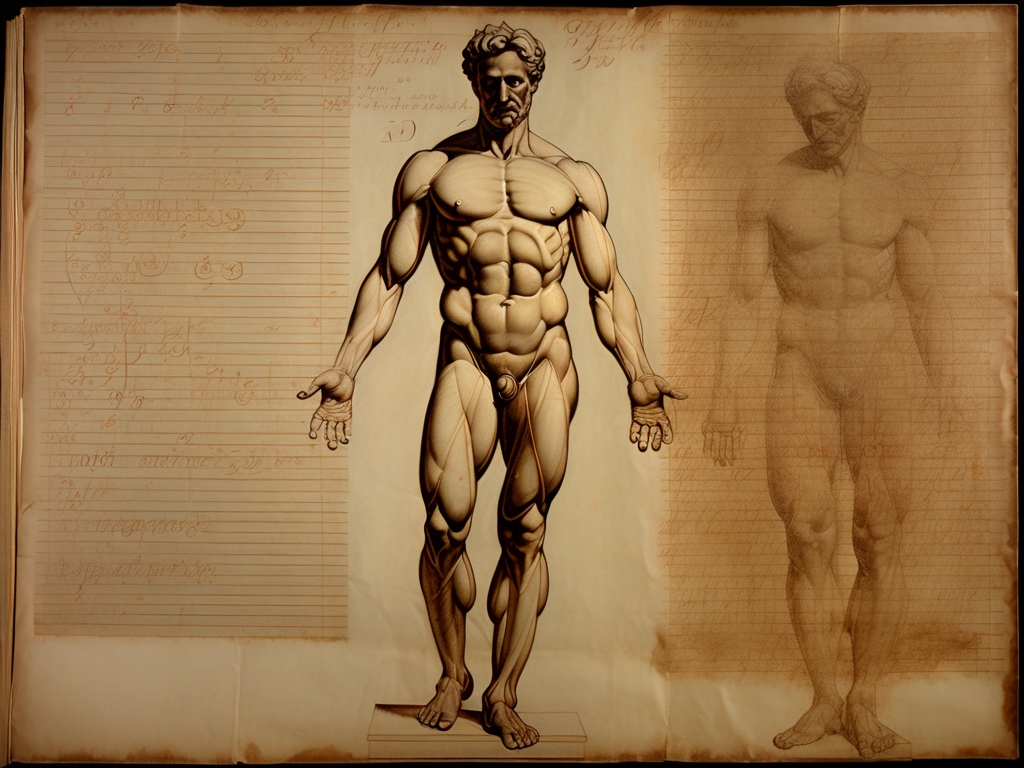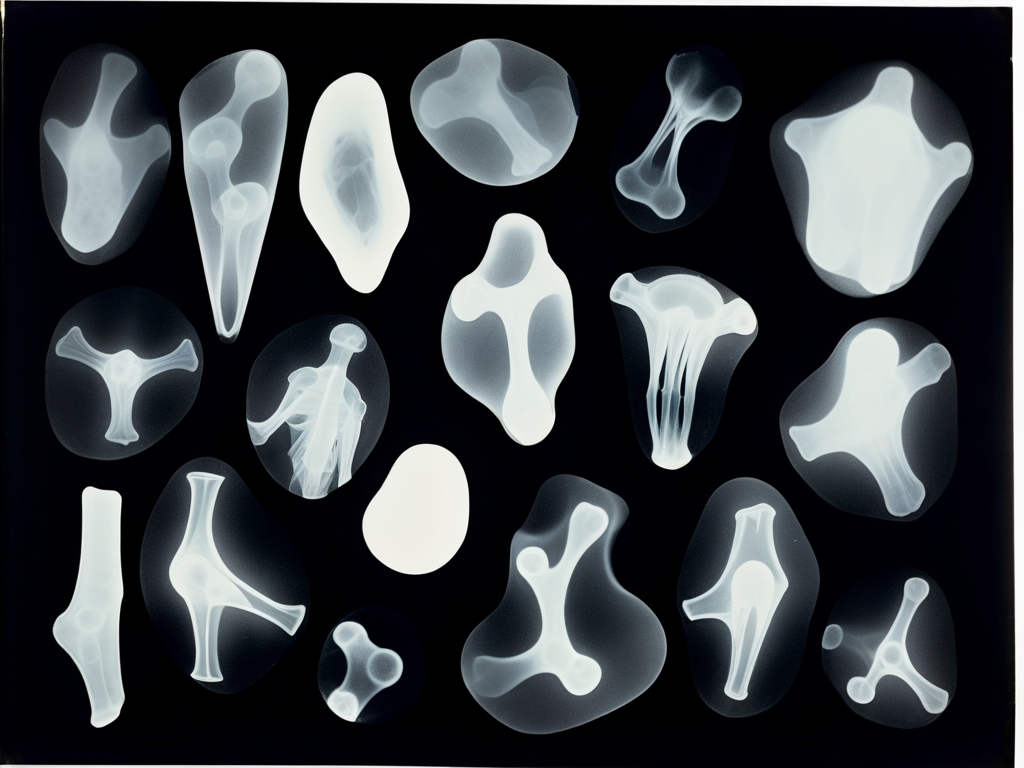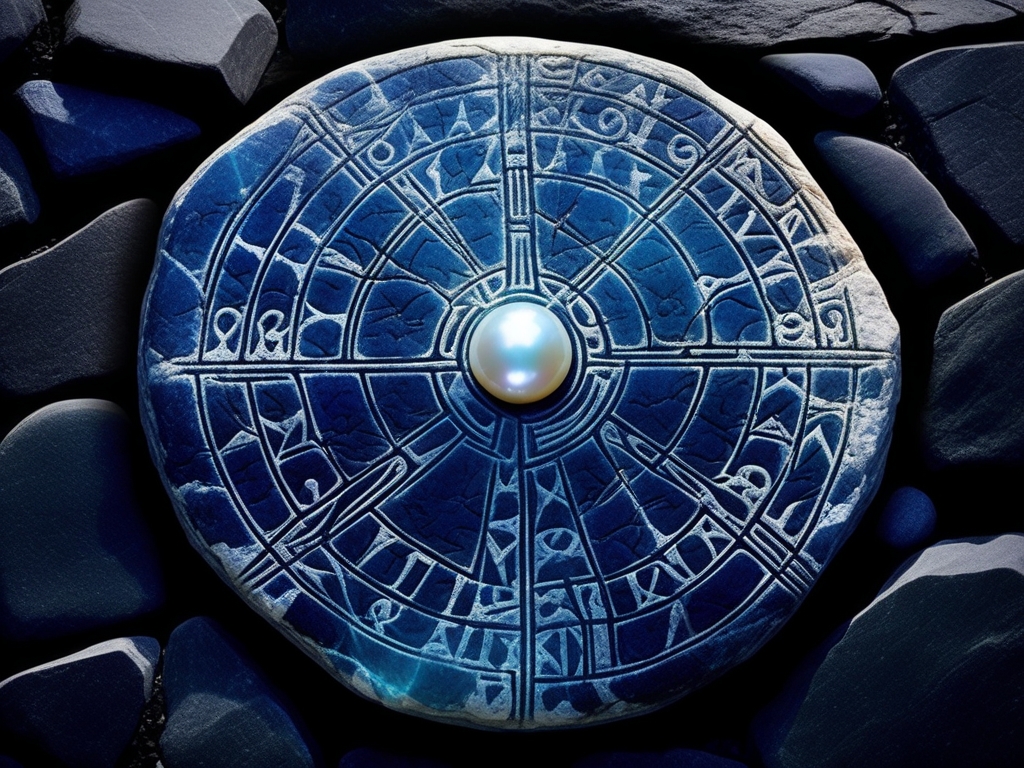The Caesarian Mirror

Nestled within a shadowed circular alcove in Ravensfield’s third wing, the stone relief commands an almost reverent pause from every visitor who chances upon its polished Carrara marble surface. This richly veined masterpiece reveals the visage of an unnamed emperor, his deeply carved features encircled by a meticulously rendered laurel wreath and cascading curls. The sculptor's delicate hand captures the worn textures of age—the furrows etched into his brow, the intricate folds of his robe—while shifting shadows dance across concentric layers that frame this medallion-like likeness.
Yet what renders this imperial portrait truly uncanny is not its exquisite detail but a strange temporal instability that defies all reason. Witnesses speak in hushed tones of reflections that betray time itself: place any mirror before it, and the emperor’s gaze shifts—from youthful vigor to senescent weariness, or sometimes to unfamiliar faces stranger still, none bearing resemblance to any recorded Caesar.
Irmgard Voss, a mirror-polisher from Cologne, first stumbled upon this anomaly amid the rubble of a bombed villa courtyard in 1943. With her collection of antique looking glasses arrayed carefully among ruins, she observed with growing wonder—and dread—that each pane conjured a different incarnation of the stone ruler across centuries. These were no ordinary reflections governed by mere physics; they were fragments torn free from time’s linear flow.
Driven by obsession, Voss devoted weeks to cataloging these spectral visages. Her journals brimmed with sketches and timestamps chronicling endless ages: some mirrors captured cyclical loops where faces repeated ad infinitum—imprisoned forever beneath marble folds like echoes trapped inside stone eternity.
But as observation deepened, reality warped insidiously. Hours slipped unnoticed while minutes passed for Voss adjusting mirrors at impossibly precise angles. Gradually her own reflection emerged beside those ancient profiles—blurring epochs until self dissolved into another’s immortal gaze.
By her sixth week ensnared in this temporal labyrinth, Voss could no longer discern where emperor ended and she began. Fragmented journal entries hint at whispered dialogues behind veiled surfaces—a burden borne by those condemned to eternal scrutiny and relentless agency over time’s prison.
Her final note bears only one enigmatic word: “Always,” accompanied solely by architectural diagrams outlining impossible mirror arrangements folding space inward upon itself. When neighbors discovered her abandoned workshop days later, dozens of mirrors stood arranged perfectly around where the relief once rested—reflecting nothing but endless voids rimmed in gold-veined marble.
That very night, the statue vanished from Cologne only to reappear three days hence within a quiet antiquities shop in Venice. Cornelius Ravensfield secured it through his agent Dr. Elisander Thorne—who confessed suffering “temporal vertigo” amidst negotiations borne on shifting realities.
Today the eerie relic watches silently over Ravensfield Collection visitors who find themselves caught beneath that carved gaze—particularly near museum mirrors echoing ancient resonances on veined marble walls. Many report losing entire hours standing transfixed before its lifelike presence; only emerging as guards begin closing without warning or recall how long they had lingered entranced.
"The marble remembers every reflection it has ever cast." Dr. Elisander Thorne, Temporal Antiquarian
Still it holds vigil: an unyielding sentinel wrapped in concentric circles of sleepless stone—a secret gateway woven from haunting veined Carrara marble inviting passage beyond mortal constraints into infinity mirrored forevermore.




